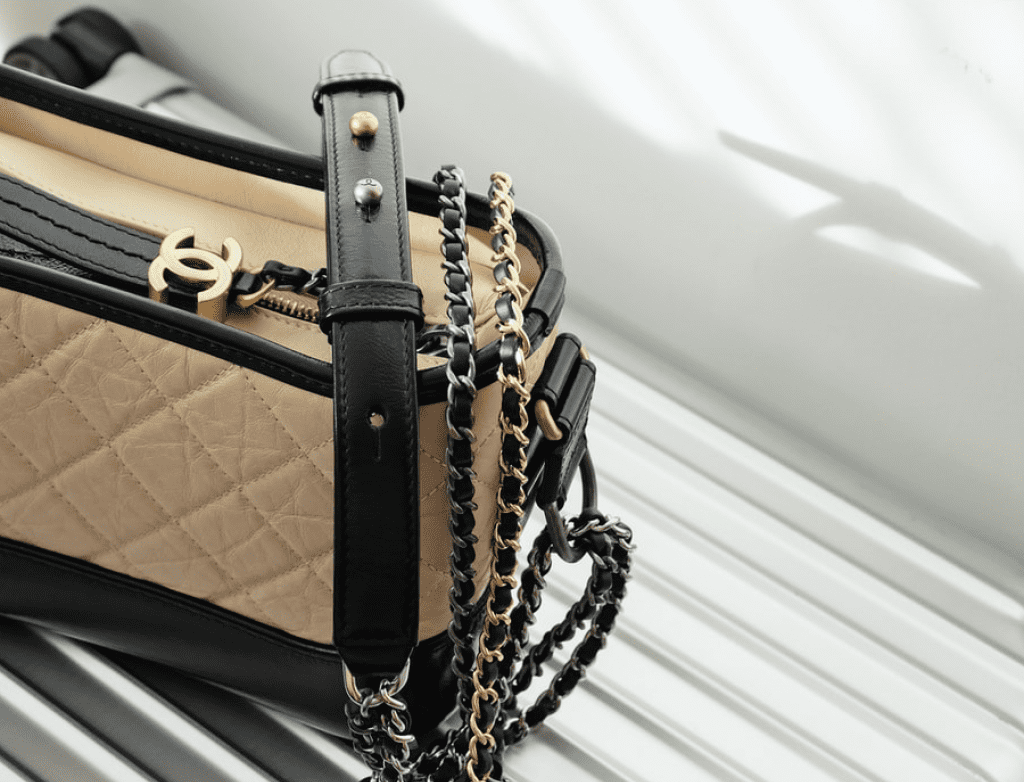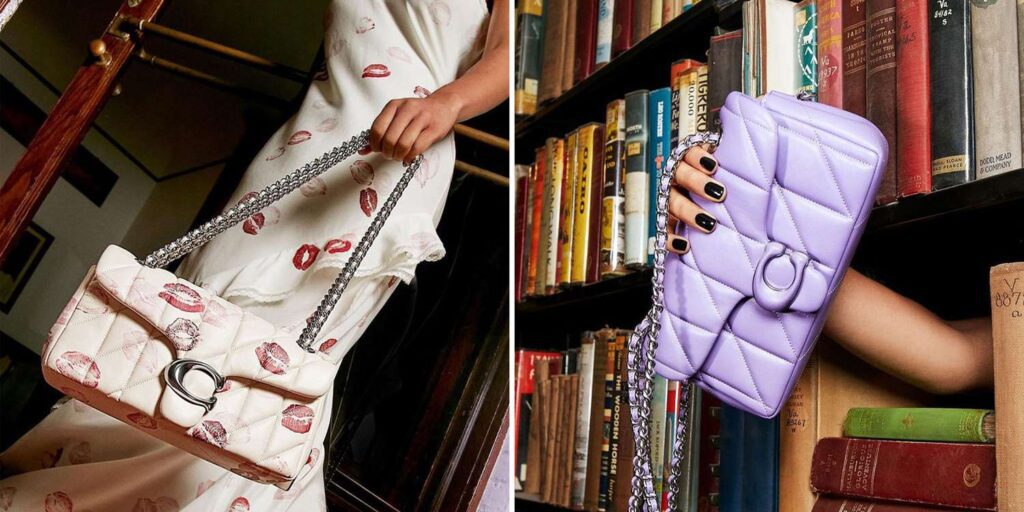With an eye on the lifespan of its products once they leave the store, Chanel is in the process of building out its cadre of post-sales services. After opening workshops in Hong Kong, Japan and London, in which it provides product repairs and refurbishments, the brand is slated to introduce a new outpost in Seoul, South Korea and another in New York, Bruno Pavlovsky, the company’s President of fashion, confirmed recently. Pavlovsky stated in an interview last month that the luxury goods brand is in the process of expanding into more dedicated spaces for its “Chanel & moi” venture, which offers after-sale repair services for its bags and wallets on chain, all of which come with a five-year warranty as of April 2021, as well as its ready-to-wear offerings.
Chanel is not alone in its increased focus on repairs, and in fact, brands across the luxury segment are leaning into product warranties and lifespan-extending services for their clients. As for what is driving this enduring focus on the state of products after their initial sale, there is the undeniable marketing angle: These increasingly-heavily-marketed repair services enable brands to tout sustainability credentials in the face of rising concern about the environment, particularly among younger consumers, who have growing spending power and thus, represent the future of luxury goods growth.
Justifying Rising Price Tags?
As luxury goods companies continue to raise the prices of their offerings, the more critical exercise here may be in justifying their increasingly eye-watering price tags. No shortage of attention has been paid, after all, to rising prices in the luxury space. “Some Luxury Brands Have Priced Themselves Out of Reach,” the Wall Street Journal stated in February “How Can ‘Absurd’ Luxury Prices be Justified?,” the New York Times asked late last year; “Luxury fashion prices have gone too far,” the Financial Times declared around the same time. Even Pavlovsky seemed to acknowledge that Chanel’s price increases – the most recent of which pushed certain bags beyond the $11,000 mark – are not going with pushback from at least some consumers. (For some perspective, a survey of social media commentary reveals consumer claims that the quality of Chanel’s products is not rising in conjunction with its surging price tags.)
With this in mind, bringing warranties and repairs to the fore seems like an opportunity for brands to chip away at some of the pushback that has resulted from their consistent price increases. For one thing, it stands to add credence to the narrative of luxury handbags as investments by extending the longevity of coveted (and expensive) bags. At the same time, by tacking additional value onto their offerings by way of the guarantee of repairs and refurbishments, brands stand to engender goodwill among their existing customers, while also potentially attracting new ones.
In something of the same vein, the availability of after-care services may enable brands to get consumers to purchase products through authorized channels as warranties and any corresponding benefits (such as complimentary and low-cost repairs) are often predicated on the purchase of products directly from the brand, itself, as opposed to from the many established luxury retail companies. This is significant in light of the fact that companies in the upper echelon of the luxury market have meticulously controlled their distribution pipelines by limiting the sale of their products exclusively to their own stores and those of their authorized distributors.
And yet, the reality is that consumers are increasingly able to get their hands on these coveted luxury goods – sometimes, in unused, with-tags condition – thanks to the burgeoning resale market. This puts the impetus on brands to find ways to interact with consumers directly, including by offering up benefits that unauthorized retailers cannot.
Bringing warranties and repair services to the fore also gives brands the opportunity to maintain as much control over the market for their products as possible – even in a post-sale capacity. As Chanel asserts on its website, “Only the House of CHANEL is able to restore its creations while guaranteeing their integrity” – and potentially, their authenticity. This appears to be a nod to the rise in unaffiliated third parties that are looking to tap into consumers’ interest in repairing pre-owned products by offering repair services, as well. A quick Google search reveals an array of unaffiliated entities that specifically market themselves as capable of repairing Chanel and other name-brand luxury goods. It is also a reminder of the lawsuit that Chanel is waging against What Goes Around Comes Around, in which it has taken issue with the reseller’s offering of Chanel-branded products that had been repaired and/or refurbished by a third party.
Chanel is, of course, not the only company to take a position on the importance (and impact) of post-sale services. Various luxury watchmakers directly link the validity of their warranties and the authenticity of their wares on watch-owners relying on the brand at issue for service and repairs. It is not uncommon for companies like Rolex, for example, to explicitly alert consumers that the inclusion of non-branded watch parts in a once-authentic watch stands to negatively impact that watch’s authenticity in the eyes of the brand. Stances like this paired with the offering of in-house repair and refurbishments services enable brands to continue to hold on to a higher level of control over their wares after the initial point of sale than they would otherwise have.
Another Type of Tying?
And on a final note, since illegal tying has been a topic of conversation (thanks to the lawsuit filed against Hermès): Companies should tread carefully when it comes to their warranty and repair terms, as regulators have shown a willing to focus on – and take action in connection with – such scenarios. The Federal Trade Commission (“FTC”), for instance, announced back in 2022 that it had approved final orders in cases against Harley Davidson, Weber-Stephen Products, and Westinghouse-owner MWE Investments, accusing the companies of violating the “anti-tying” provision of the Magnuson-Moss Warranty Act (“Warranty Act”) and the FTC Act by including terms in their warranties that product warranties would be void if customers used independent repairers or third-party parts.
A year earlier, the FTC issued “Nixing the Fix: An FTC Report to Congress on Repair Restrictions,” in which it noted that in response to a call for public comment on the issue of repairs, it received information that “certain warrantors either expressly or by implication continue to condition warranty coverage on the use of particular products or services.” With regard to the luxury market, the FTC revealed that at least one commenter told the FTC that Rolex’s “materials make statements such as, ‘only official Rolex repair centers are ‘allowed’ to repair and service a Rolex watch’ and that repair work done by anyone other than a Rolex facility will void its warranty.’”
With that (and other examples) in mind, the FTC has held that “companies cannot tell customers they will void a warranty or deny warranty coverage if the customer uses a part made by someone else or has someone other than the dealer repair the product.”











